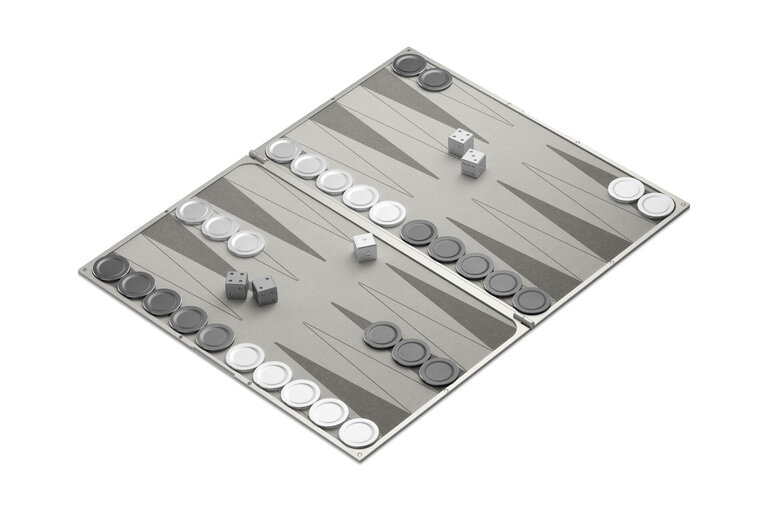World’s first jet-powered humanoid robot makes debut flight, opens new horizons for SAR
World’s first jet-powered humanoid robot makes debut flight, opens new horizons for SARUnmanned Aerial Vehicles (UAVs) are flying across the boundaries of Ukraine-Russia and Israel-Iran, intermittently. While the intention behind their launch is rather destructive, the purpose...

Unmanned Aerial Vehicles (UAVs) are flying across the boundaries of Ukraine-Russia and Israel-Iran, intermittently. While the intention behind their launch is rather destructive, the purpose of flying humanoid robots being developed in labs could be more noble. The jet-powered flying humanoid robot called iRonCub3, which just made its first controlled flight, could be the future of search and rescue operations in areas struck by disaster and inaccessible and hazardous environments.
Researchers from the Italian Institute of Technology (IIT) have successfully completed the first flight of iRonCub3, dubbed the ‘world’s first jet-powered flying humanoid robot built for real-world environments.’ The breakthrough pushes the boundaries of multimodal humanoids that combine terrestrial locomotion and aerial mobility, enabling them to operate in unstructured and extreme environments.
Designer: IIT

In the recent test flight of iRonCub3, conducted in IIT’s small flight-testing area, the robot lifted 50cm off the ground and remained stable throughout the flight (duration unspecified at the time of writing). The result of about two years of hard work and multiple demo flights paid off in this maiden flight of the robot with a human-like form. Of course, it was challenging to keep the robot airborne, but joint teams of IIT roboticists in Genoa, Italy, the Aerodynamics Laboratory at the Polytechnic of Milan, and a group from Stanford University ensured the success and have published their achievement in Nature Communications Engineering.

iRonCub3 robot comprises four jet engines, two of which are mounted on the arms and the other pair on the jetpack attached to its back. The robot is based on the iCub humanoid robot and the iCub3 is meant for remote operations. The combination is the iRonCub3, which weighs about 70 kg with the jet engines mounted, and can (when flying) generate a thrust of over 1000 newtons and an exhaust temperature of 800 degrees Celsius. To ensure the heat does not impact the robot, it has been designed with a titanium spine and protective heat-resistant covers.

According to IIT’s Artificial and Mechanical Intelligence (AMI) Lab lead, Daniele Pucci, “This research is radically different from traditional humanoid robotics and forced us to make a substantial leap forward with respect to the state of the art. Here, thermodynamics plays a pivotal role, the emission gases from the turbines reach 700°C and flow at nearly the speed of sound.

The fine construction and innard detailing ensure that the robot can hover and make a controlled flight even in the wind and uncertain environmental conditions. For this, the robot is also equipped with control systems powered by AI and features optimally placed jet turbines to maximize control and in-flight stability. This was only the first testing; in the coming months, IIT will be flying the jet-powered humanoid robot in an open, dedicated area at the Genoa Airport. The team of developers suggests that the studies and findings from the iRonCub3 can be utilized in other robots in the future.





The post World’s first jet-powered humanoid robot makes debut flight, opens new horizons for SAR first appeared on Yanko Design.














































































































![Watch: American Airlines Passengers Casually Walk Aisles During Taxi—Did Seatbelt Rules Just Disappear? [Roundup]](https://viewfromthewing.com/wp-content/uploads/2025/06/standing-in-aisle.jpg?#)































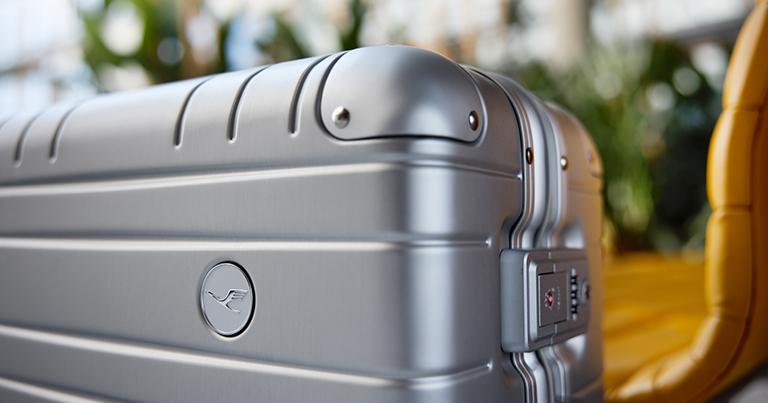


































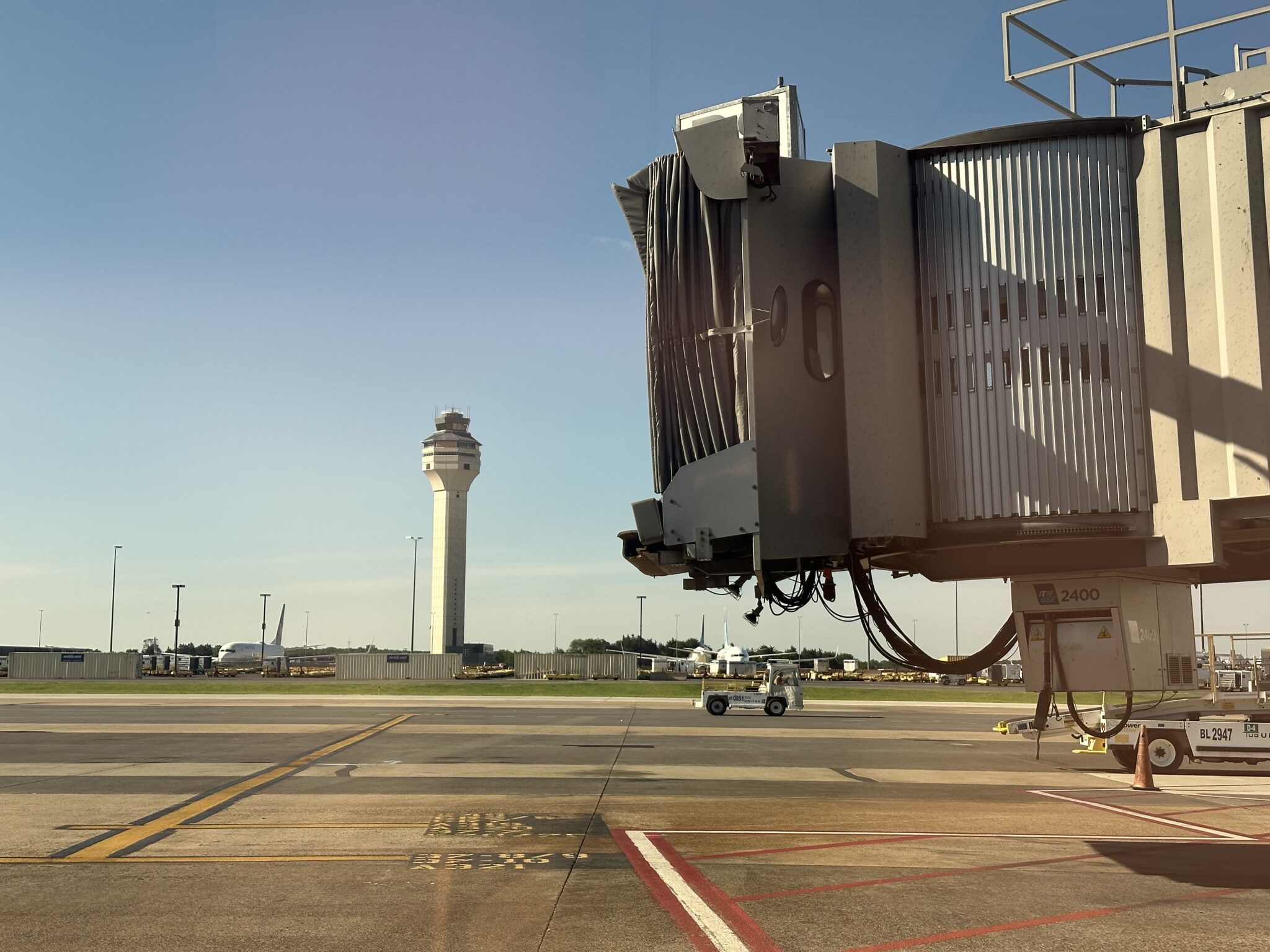
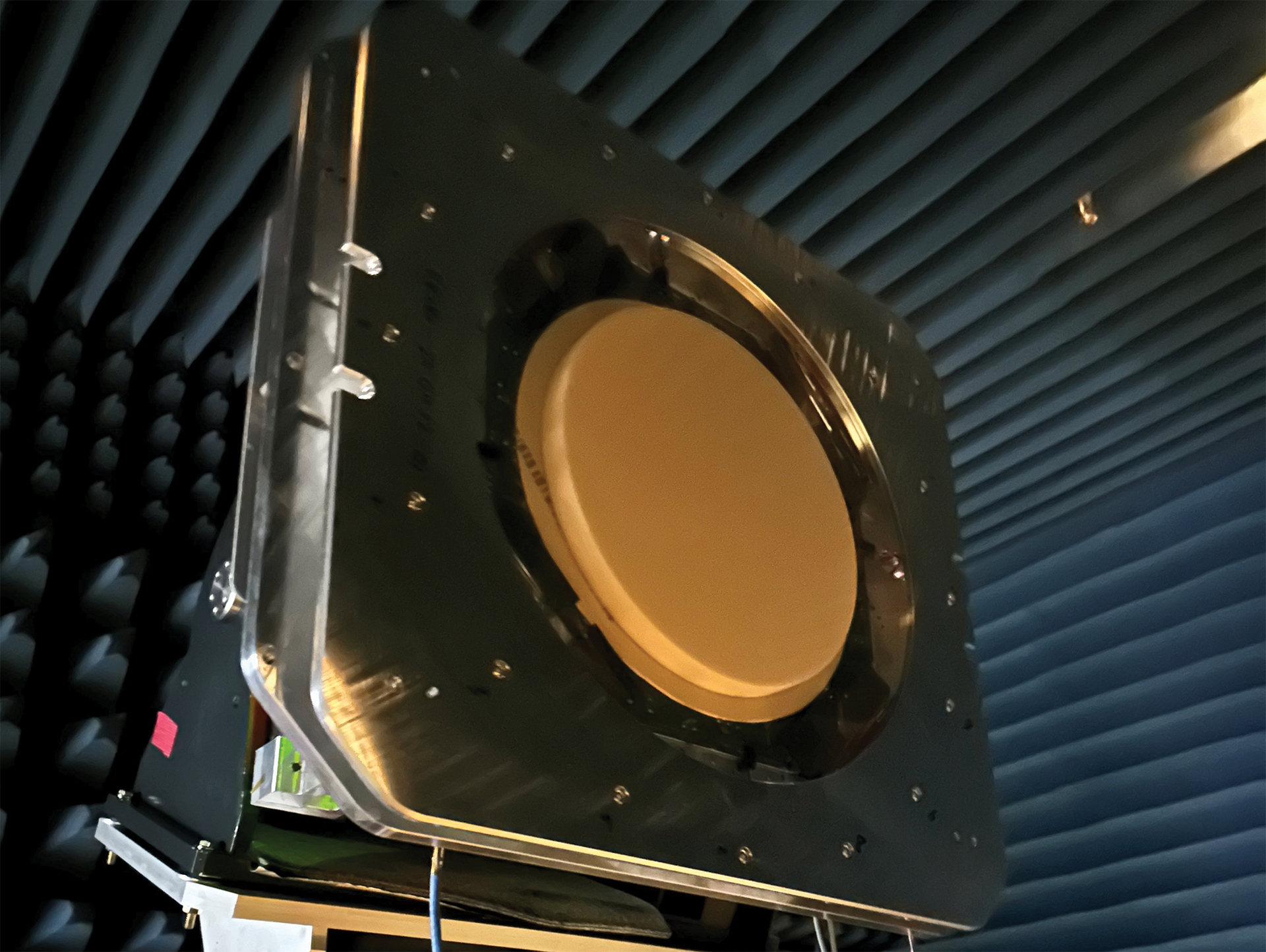



































































![This Switch 2 Accessory Is Making Fans Drop Their Consoles And The Manufacturer's Response Is Only Making Things Worse [Update: Everyone's Getting Free Upgraded Joy-Con Grips Following Death Threats]](https://i.kinja-img.com/image/upload/c_fill,h_675,pg_1,q_80,w_1200/d26954494c474d4929b602da22e51149.gif)









































































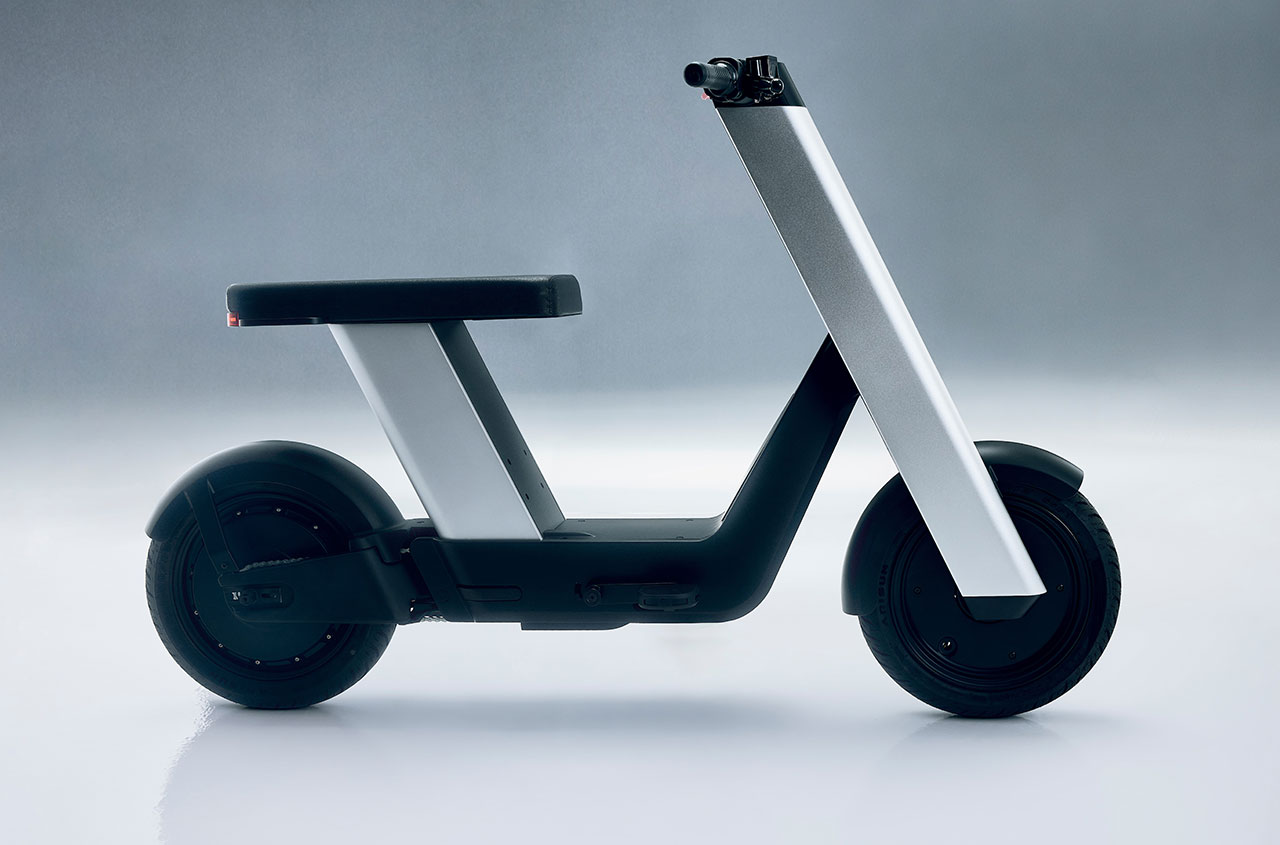


















































![[Podcast] Problem Framing: Rewire How You Think, Create, and Lead with Rory Sutherland](https://justcreative.com/wp-content/uploads/2025/06/rort-sutherland-35.png)











































